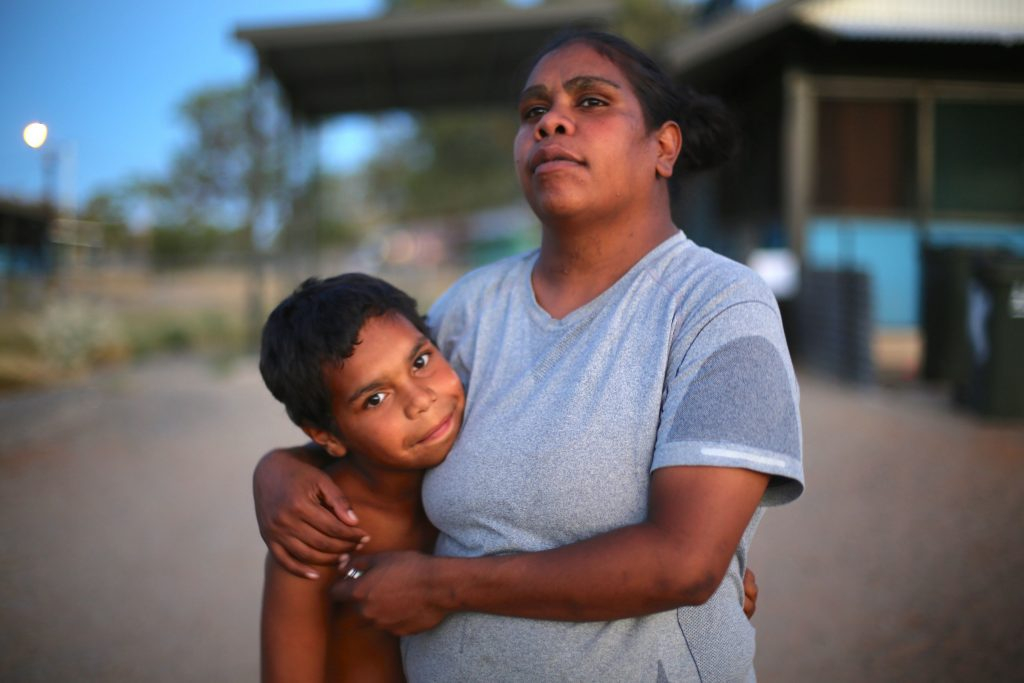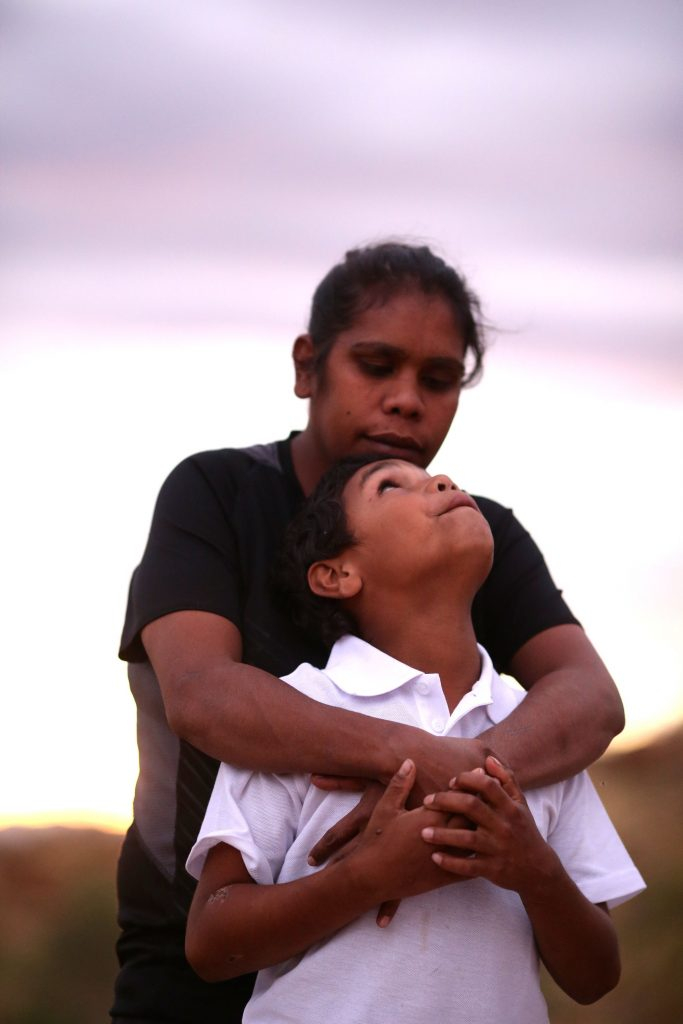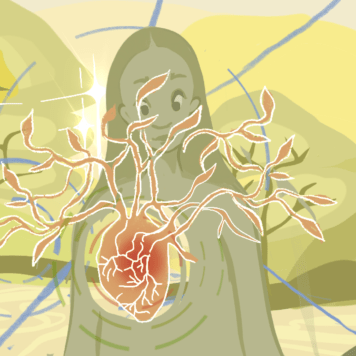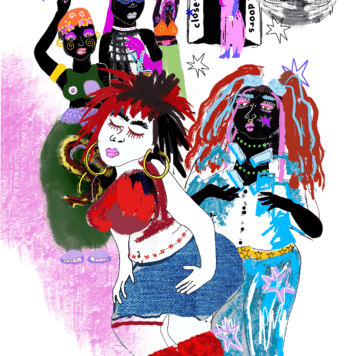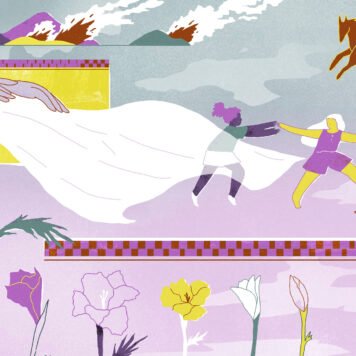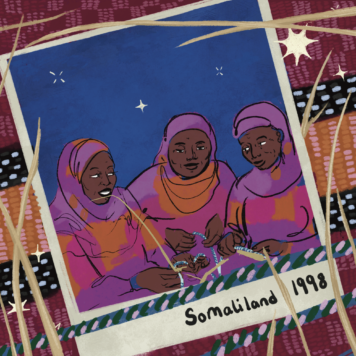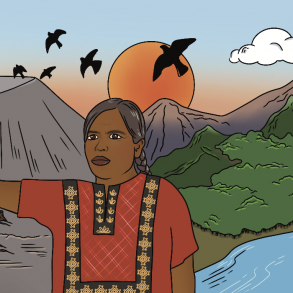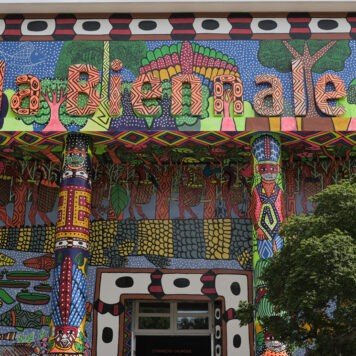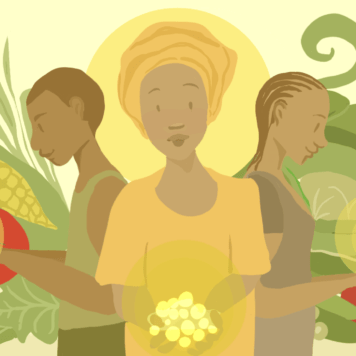In My Blood it Runs is a coming of age documentary which follows the story of Dujuan and his family as they navigate the systemic racism which seeps into every area of their lives. With a focus on self-narration and collaboration with Indigenous communities in the Northern Territories, the film stands as an incredible testament to the healing power of First Nations peoples and their continual struggle for cultural autonomy and recognition. As Dujuan’s mother, Megan Hoosan, states: “My son is strong, he wants to show people his gift from the land as a Angangkere. We also want to show what is going on in the schools in the Northern Territory.” Moving beyond a visual representation, the documentary has since become a call to action, with the hope that Dujuan’s story can inspire real life change in Australia to help to restore control of First Nation narratives, both on screen and off. We caught up with Rachel Edwardson, one of the producers on the project, to discuss this film’s incredible journey and the wider ongoing fight for these communities’ lives and lands.
So the film was shot over three and a half years, but I’m aware this wasn’t the total time of your relationship with Dujuan and his family – how did this relationship begin?
We have actually been working on this film for almost seven years! However, I met Dujuan when he was a baby. I’m married to an Australian social justice filmmaker and land rights lawyer, David Vadiveloo; he grew up with Dujuan’s grandmothers through his mother’s work in education. So the first community I really got to know when I came to Australia was Dujuan’s community; they invited me in like family.
As an Indigenous filmmaker who grew up in a tiny Iñupiaq village 400 miles inside the Arctic Circle, I think my focus has always been on carving out a space for authentic, community driven, nuanced storytelling in film and a revival of the arts and storytelling industry internally for our own communities. For me, as an Indigenous person, storytelling and education are inseparable, so I’ve also ended up working for 20 years in education reform. I have been very lucky with my work. I have been even luckier to be invited by so many amazing communities and elders to work alongside and learn from them.

Dujuan speaks so poetically and seems to have a real interest in film, most evident in the parts in which he takes the camera and films himself. When did you realise that he would be the film’s focus?
Dujuan is as poetically charismatic as he is in love with the camera so he was the perfect star for this documentary. He also comes from a very strong family of leaders. This project started with the elders in Dujuan’s community inviting Maya [Newell director] up to help use digital media as a storytelling tool for Arrernte purposes by documenting country learning. It was through one of these trips that Dujuan and Maya met when Dujuan was only six or seven. He loved the camera and asked Maya to make a film about him.
How far was the film and narrative led by Dujuan himself and the story he wanted to tell as opposed to the directors and producers? Did this see a shift during the filming process?
We were working with a community whose narrative in mainstream media is at best inaccurate and at worst racist. This is because their narrative is not in their control, something First Nations filmmakers have a long history of fighting for. We were acutely aware of this as we were making the film. Most of our team, while non-Arrernte/non-Garrwa people, also have lived experiences of what it is to be from a community that has little control of its on-screen representation.
First Nations communities don’t need outsiders to tell their stories. Storytelling is not something that was invented by the film industry. It is something that is inherent to all people and communities as a tool of society cohesion, healing, understanding, education, spiritual guidance and entertainment. It is one of the most powerful tools any society has.
Filmmakers often aren’t taught or exposed to this level of self-interrogation of our craft. We’re shielded from its true history in the context of the ethics of representation and the power of the industry. Because of this, the very first thing we did on this project was work with the family, community leaders, and key partner organisations to assess if there was a way we could make this film and construct an impact campaign that put Dujuan, his family and community in the lead and ensured we were accountable to unlearning and relearning a different way of working. This was perhaps the hardest thing we had to do on this project, the continual assessment and adjusting for the bias we carry as non-Arrernte/non-Garrwa people and the continual adjustment to make sure we werewere putting Dujuan and his family/community’s voice ahead of our own.
In this regard, Dujaun and his community’s leadership guided the whole process from start to finish. We put our trust in the hope that if we could create a genuine working partnership across all areas of the process then the film would be successful, and I think we have been very lucky in that regard.

What are some of the biggest problems that you have seen in the representation and misrepresentation of Indigenous communities on screen and was this a driving factor behind the initial concept?
The initial concept was almost entirely driven by this very issue and importantly the understanding that the stories we tell ourselves about each other heavily influence how we treat each other. There are so many things wrong with the representation of Indigenous communities on screen in every western as well as colonised country that it’s hard to know where to start.
Like many other groups in our society, the representation of Indigenous people on screen is mostly racist, deficit-based or romanticised, or often just completely absent. This is because 99% are written, created and controlled by non-Indigenous people. It’s almost impossible to find content that is nuanced, strength-based and firmly grounded in the epistemologies and ontologies of Indigenous culture and importantly created and led by Indigenous people themselves. And yet when that content does find its way to screen it’s wildly popular and successful. I think this is because audiences can feel authenticity and relish the opportunity to enjoy a story free from racism or well traveled stereotypes.
The film draws attention to the statistic that at the time of filming 100% of the juveniles currently in detention were Aboriginals – does this reflect a wider societal problem of institutionalised racism or is this largely an issue experienced in the Northern Territories?
Yes, I think that is the only conclusion one can draw from that statistic. Any other conclusion is fueled by the ignorance which upholds racism. The key is to look at the insidious nature of the systems that hold these and other statistics in place and not to get distracted by the good person/bad person binary. The realities of systemic racism start to affect children before they are even born. By the time they reach Dujuan’s age in the film, systemic racism has already become overbearing. This is echoed across all areas of society and they are interrelated. The racists problems inherent in our justice/education/health/governance/economic systems all work together across generations against equity for First Nations people. The result is the landscape Dujuan is born into –and the ensuing space he is forced to learn to navigate to survive.
What are your main hopes and aims for the film in terms of the audience watching it?
We hope that it stirs in the viewer a desire to help enact change, to understand a bit more about the experiences of First Nations children and communities – not only the challenges and trauma they too often carry but their strengths, their inherent wisdom. We hope that as Dujuan’s Mum Meagan says, people see that Aboriginal parents love and care for their children. Sustainable change will only be successful if it is indeed driven by the communities themselves, but they need us to back them, with our power and our privilege.
Subscribe to shado's weekly newsletter
Exclusive event news, job and creative opportunities, first access to tickets and – just in case you missed them – our picks of the week, from inside shado and out.

We hope that if audiences are moved by the incredible courage of this young boy that they will in turn find out more and eventually create action. Change happens first inside each of us individually, then collectively movements grow.
Can you tell us a bit more about the theme of healing throughout the film – this appears in Dujuan himself in his own healing powers but the film also speaks to community healing – both the healing needed as a result of colonial legacies, the healing power of the land, but also in the role the community has in healing each other. Time and time again we see members of the community coming forward to heal and support Dujuan and his family.
Thank you for this question. Yes, healing was one of the big pillars of this story, first and foremost as the position Dujuan holds in his community as a healer is well regarded and carries with it a welcome but big responsibility as you see in the film.
We could have easily focused only on the deficit and challenges Dujuan faces, however, that would only have served to perpetuate the racist stereotypes of Aboriginal children, families and communities. We would have missed an awesome opportunity to shine a light on all the unseen strength, cohesion, complexity, power and beauty that exists alongside the challenges. The story of Dujuan as a healer and his learning and growing in this area of his life helps us outside the community to see the incredible resilience, strength and wisdom his elders carry and pass on to the next generations. In that we see the ability to care for each other, the land and their continued patience with us settlers in their country; and it is a powerful reminder that we still have so much work to do to reform the systems which uphold the inequity of racism. However, if we do turn our attention to this work there is a beautiful strength of spirit under all the pain, trauma and violence of racism that will carry us through.

Ultimately there is a storyline which lays bare the failures of the Australian public school system: Dujuan does actually try at school, but he gets bored because they aren’t engaging with him; he gets bad reports, then becomes disillusioned and no longer wants to go to school. Did you mean to shine a light on this or was it a natural by-product of following an Aboriginal lived experience?
Because we were guided by previous work, our partners and community leaders, we knew this was coming. The community has seen the mainstream education system fail their children for generations. MK Turner, one of our key advisors says, “We’re always making our children ready for school, when are they going to make school ready for our children.”
What commonly happens is the failures of the system are often blamed on the children, and as you see in the film, the children then internalise this feeling of failure. One of the most painful moments in the film is sitting with this bright, engaged nine year old boy as he starts to question if there is something wrong with him after he gets a report card full of failures. Coalesced in that one moment is the beginning of the journey too many of our young First Nations children have navigated. As our executive producer and Traditional Owner of Alice Springs Felicity Hayes says, “Our children have to leave their identity at the school gate.”
What is the impact on a child who spends their entire childhood in a system that neither reflects, mirrors or validates their identity? If they are then also told that they are ‘Australians’ but they see nothing of their history or heritage reflected in that definition then by necessity we are sending a message to that child that their identity is less and less important. I think one of the most prevalent messages audiences are taking away from the film is how not having your identity validated in schooling feels and that’s a potent catalyst for driving deeper understanding.
How did the schools feel when the camera crew went in – when they were so starkly teaching colonial history rather than Indigenous history, and the teachers were definitely picking on the Aboriginal kids. Was there any recognition/backlash?
Many educators who are working in communities know too well the failings of the education system for Aboriginal children. They are the ones navigating on a daily basis how to try and fill all the holes; but they are given little to no training, no exposure and little to no support. We were honest with the schools and educators you see in the film about the perspective and focus of the film and they were supportive of us because they too want change.
We have also been incredibly fortunate to have gained a huge following of educators across the country who want to join the wider movement gaining more traction to support education reform and training for more First Nations teachers and First Nations lead education systems as well as more cultural competency training for teachers across the board.
It’s important to remember that the two lessons you see Dujuan navigate are extremely common in all our schools and I would venture to say most schools in the ‘western world’. The only reason they hit audiences so hard is it is one of the rare times we get to see what it’s like to sit in those classrooms from the perspective of a young Aboriginal child.
The film includes shocking archival footage detailing the colonial mindset and treatment of Indigenous children. At what point did you decide to include this and why?
This was an evolving and ongoing conversation throughout the whole project. How do you place a child into the proper context when he has an innate understanding of the history he was born into and growing understanding of its impacts, but can’t quite articulate that or hasn’t lived through some of the more confronting moments? It’s also a good example of the collaborative nature of the project. So we grappled with how to do this while staying inside Dujuan’s perspective. We held a number of story workshops with the family, advisors and our team and a few very well known First Nations storytellers and out of them all we finally landed on the idea of using locally oriented historical footage to paint the historical landscape Dujuan’s navigates in his daily life.
This too is a good point to illustrate the difference in ‘mainstream’ documentary filmmaking and the way we chose to make the film. It would have been easy to make a beautiful film following a young boy navigating heavy challenges and never place that context into the film. But the family and community kept telling us these stories, they kept pointing to the deeper understandings of colonisations impact and disposition of land, they kept leading us to the bigger picture. We knew we had to find a way to weave that truth throughout the film. We knew we had to strike a balance and leave audiences with at least a dawning understanding that these children and their communities simply need what they’ve been calling for all along, control of their own lives and lands.
Read more about how family and community have set their priorities for change and directed the impact campaign HERE.
